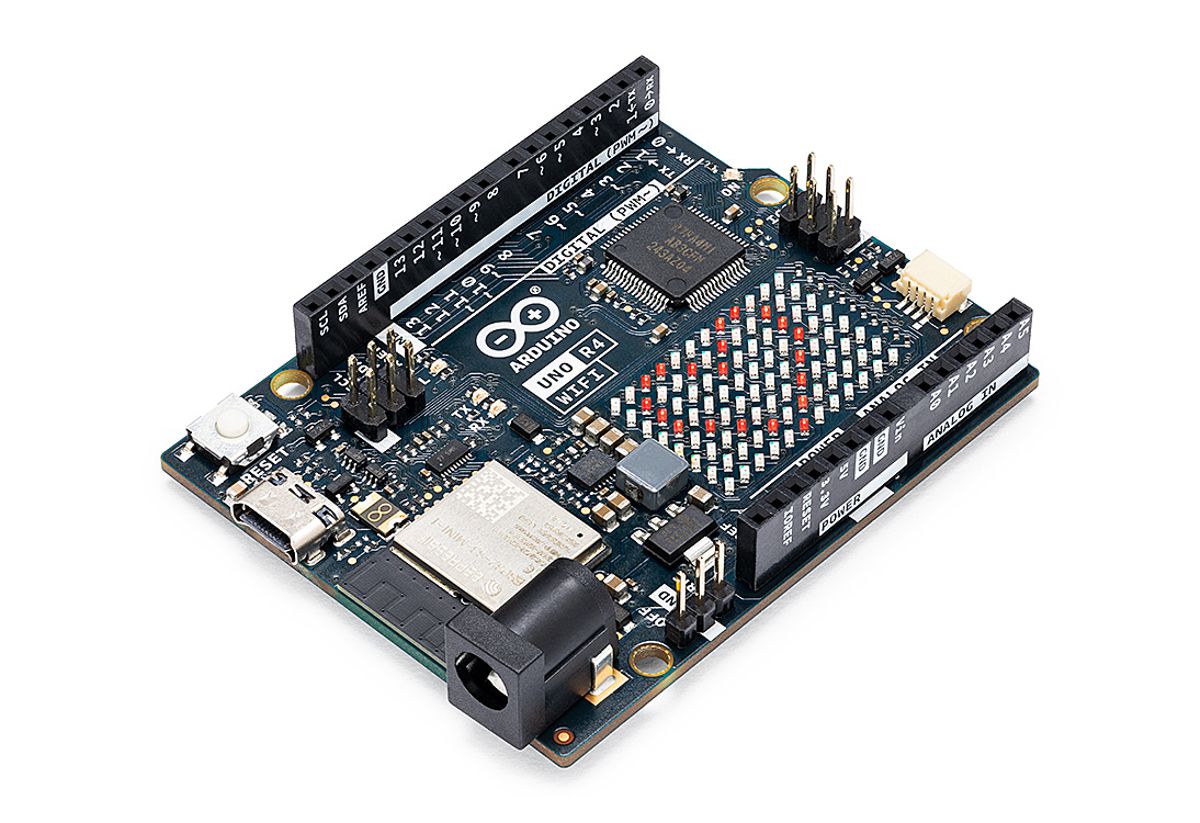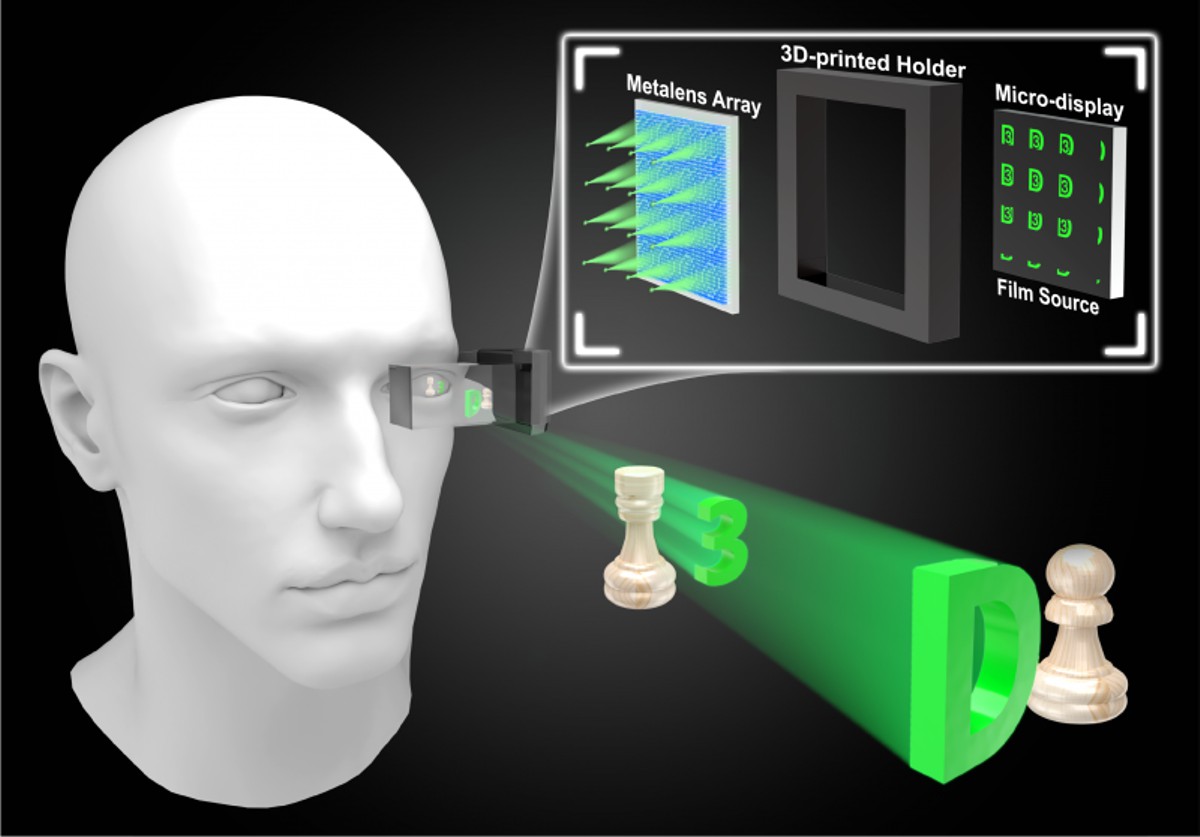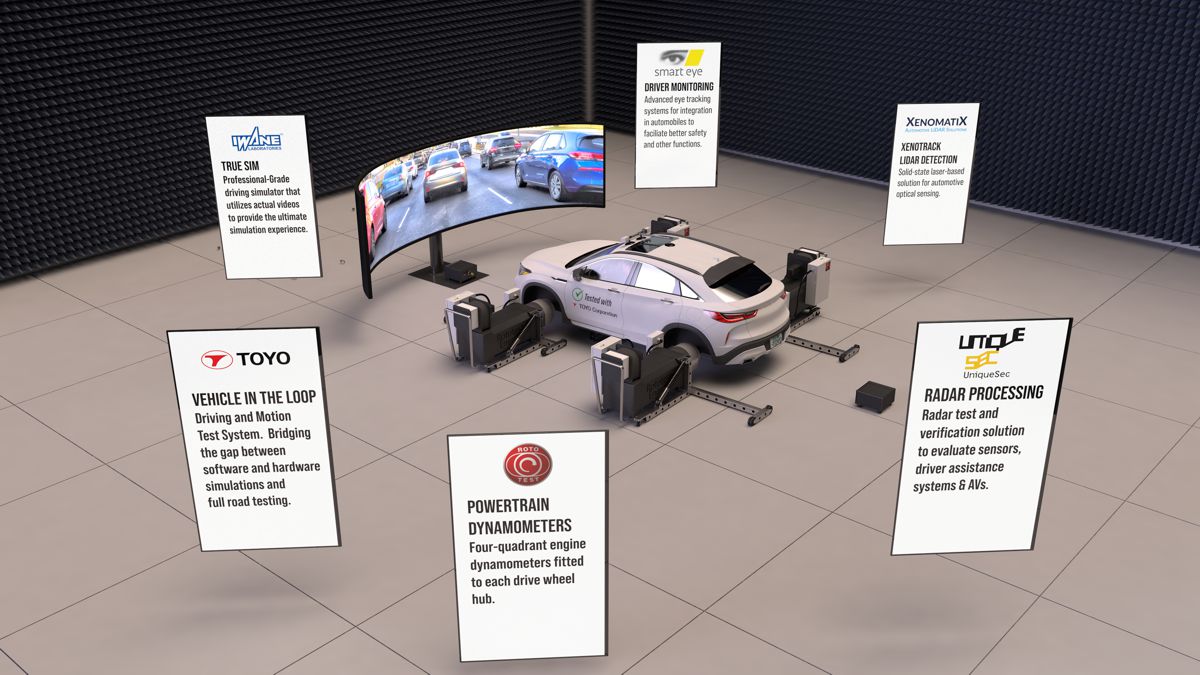Arduino Uno massively scales performance with new 32-Bit versions
Arduino, the world’s leading open-source hardware and software platform, has launched its next-generation UNO board, a significant revision of its 8-bit technology. Powered by a 32-bit microcontroller, the new UNO R4 comes in two versions: the basic UNO R4 Minima and comprehensive UNO R4 WiFi.
Preserving the standard form factor, shield compatibility and 5 V power supply of the popular UNO R3, the UNO R4 adds a 32-bit microcontroller with up to 16x the clock speed, memory and flash storage with the integration of the RA4M1 processor from Renesas. Renesas is a global leader in microcontrollers, analogue, power and SoC products and provides developers with a significant boost in processing power, memory, and functionality.
Based on an Arm® Cortex®-M4 core, the RA4M1 microcontroller on the Arduino UNO R4 features a clock speed of 48 MHz for higher processing power. To accommodate more complex projects, the UNO R4 is fitted with 32 kB of SRAM and 256 kB of flash memory. Plus, the Arm® Cortex®-M4 core features a Floating Point Unit (FPU), bringing a huge performance boost for certain applications. Software scalability is also supported on the new board, allowing easy upgrades for projects made with UNO R3 or Leonardo.
Requests from the Arduino community see the USB port upgraded to USB-C® and the maximum power supply voltage increased to 24 V with an improved thermal design. The board provides a CAN bus, which allows users to minimize wiring and execute different tasks in parallel by connecting multiple shields as well as two SPI and two I2C serial ports. Finally, the new board includes a 12-bit analogue DAC and operational amplifier.
Keeping the pinout, voltage and form factor unchanged from the UNO R3 ensures maximum hardware and electrical compatibility with existing shields and projects while allowing the UNO R4 boards to be a high-performance drop-in replacement.
The UNO R4 WiFi version comes with an Espressif ESP32-S3 module for Wi-Fi® and Bluetooth® Low Energy connectivity. The bright 12×8 red LED matrix is ideal for creative projects using animations or for plotting sensor data without the need for additional display hardware. With a wide variety of compatible modules that can be connected via the Qwiic I2C connector, combined with the large ecosystem of shields for UNO already in the market, UNO R4 WiFi provides an unprecedented plug-and-play experience that allows the creation of projects without soldering, breadboards or manual wiring. For more advanced uses, there are also additional pins to turn off the microcontroller while keeping the RTC powered by an external buffer battery.
For makers seeking a boost in processing power without the additional features, the UNO R4 Minima provides a cost-effective option. With the HID over USB capability, makers can simulate a mouse or a keyboard to create quick and innovative interfaces with minimal effort.
There are no plans to discontinue the popular UNO R3, as the projected demand remains strong. To offer a consistent developer experience between the 8-bit UNO R3 and 32-bit UNO R4, significant efforts are being made to ensure maximum backward compatibility with existing code examples and tutorials.
“We are excited to make our technology more accessible to a broader base of customers as we continue to collaborate with Arduino,” comments Chris Allexandre, SVP, CSMO and Head of Global Sales and Marketing at Renesas. “After the success of the Portenta C33, we are now launching the next-generation UNO R4 using our 5 V 32-bit Arm® Cortex® M4-based microcontrollers. We believe this iconic board will provide an enhanced user experience to a wide range of customers.”
Massimo Banzi, co-founder and chairman at Arduino, believes that the UNO R4 represents a new chapter to the UNO story, saying: “With the ever-changing needs of our community and technological advancements, even the most popular UNO R3 must evolve, though we have no plans to discontinue the board. In close collaboration with our partners, Renesas and Espressif, we believe the UNO R4 is the most versatile maker board on the market. Using the WiFi option, users can connect to the Arduino Cloud or other platforms to easily create connected projects.”















